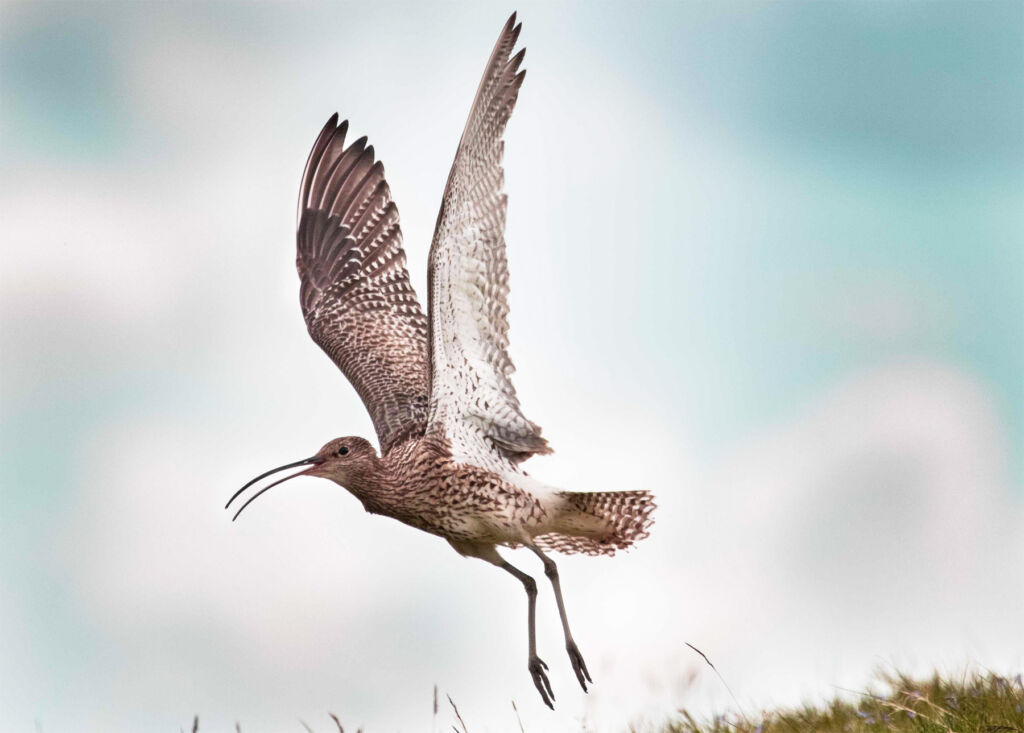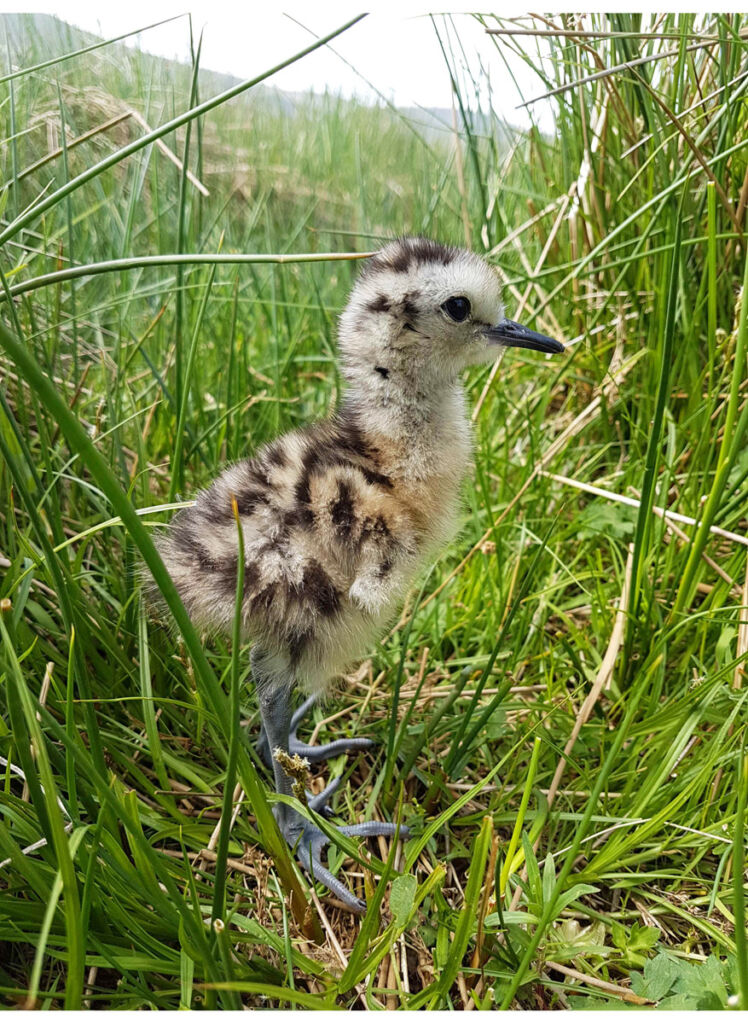
There are few more iconic sights than a curlew in flight, but without intervention, it could be something future generations will never get to enjoy. Once considered a common species across Britain, the curlew, with its distinctive haunting call, is now one of our most rapidly declining breeding bird species in the UK, which is why the Game & Wildlife Conservation Trust (GWTC) is taking steps to help the species.
Although people worldwide look at the UK as a ‘Green and pleasant land’, with rolling fields filled with wildlife, this could not be further from the truth. In fact, the UK has the unwanted moniker of being one of the most nature-depleted countries in the world. Organisations such as Friend of the Earth even call the country a hostile environment for wildlife, which is why efforts are being organised to address this.
To help protect our curlew and reverse its decline, the Game & Wildlife Conservation Trust has launched an appeal for funding to expand its research into the north of England, where the species is doing better than elsewhere in the UK. The aim is to learn more about regional variations in its foraging behaviour and ascertain its breeding success.
 Curlews are long-lived, with high annual adult survival. Some live for over 15 years, although the average is about eight years. This, however, masks the issue of very low breeding success, so when adults reach the end of their lives, there are no younger birds to take their place, and the population starts to crash.
Curlews are long-lived, with high annual adult survival. Some live for over 15 years, although the average is about eight years. This, however, masks the issue of very low breeding success, so when adults reach the end of their lives, there are no younger birds to take their place, and the population starts to crash.
In the UK, curlews used to breed in marshes, meadows, and arable fields, but today, they are more often thought of as birds of the uplands, breeding in moorland areas and farms around the hill edge.
The key to reversing the decline is finding out what is driving it and how that might vary in different areas. The GWCT needs more GPS and radio tags—vital tools for our researchers—that will help us gain insight into variations in the timing and causes of chick death between sites with different habitats and predator abundance.
This research will inform our advice to the hundreds of farmers we work with on the ground and form a crucial part of our recommendations for future policy.
Dr Andrew Hoodless, Director of Research at GWCT, says, “Very sadly, in Britain in the last 25 years, we’ve lost about 50% of our breeding curlew population, and they are currently rated as probably the bird of highest conservation concern in the UK.
“If we do nothing, we’ll certainly lose the curlew. Even in the Pennine chain, where the stronghold is, curlew numbers are likely to be eroded. In Ireland, Wales and Southern England, we risk losing curlews in the next 20-30 years.”
The curlew was added to the UK red list in December 2015. It is also declining in other countries where it breeds, and the International Union for the Conservation of Nature (IUCN) estimates that worldwide, there has been a 20-30% reduction in curlew breeding numbers in the past 15 years.
Why do we need to save the curlew?
If we lose the curlew, we will lose a vital cornerstone of our ecosystem. Andrew says, “The curlew is an emblematic species, which is part of our heritage and culture and is evocative of wild places.
More importantly, if things are going wrong for curlew and curlews are declining, with them being fairly high up the food chain, it is symptomatic of changes in abundance of a whole range of other species from invertebrates to meadow flowers all the way up to birds.
“But if we can get things right for curlew, we are safeguarding a whole ecosystem that brings a whole range of other benefits, so it’s not just about curlew; we save a whole lot more if we can get it right for curlew.”
The new radio tags will be attached to chicks to allow researchers to follow them to determine at what point in their 50-day fledging period they tend to get predated and what the key predators are during this stage.
Andrew says, “Nest predation tends to be site-specific, so different predators are key in different areas. We are also slightly concerned about ticks in some areas and the availability of chick food, which we don’t yet fully understand.”
The work in the north will build on the GWCT’s previous studies of curlew in the New Forest. Last year, 21 chicks were tagged and tracked as part of this project. Adult birds are also monitored with GPS tags to understand their use of habitat and the distances they travel to feed during the breeding season.
“Following adults has been fascinating because it’s shown that curlew territories can be a lot larger than we’d originally envisaged and we need a landscape-scale approach for curlews.
“When birds are nesting on heathland, they are having to fly considerable distances to find sufficient food. Down in the New Forest, we have adult females flying to the coast to feed when they are off duty and leaving nests. In the uplands they are flying down into valley pastures to feed because, again, it is likely there is insufficient food for them up on the relatively dry heath.”
The Last Curlew Appeal is supported by McInroy & Wood.
The Bruce D Sargent Fund (GCUSA) has been funding the GWCT’s curlew research in the New Forest.
Curlew in flight photograph by Marlies Nicolai.
![]()




You must be logged in to post a comment.